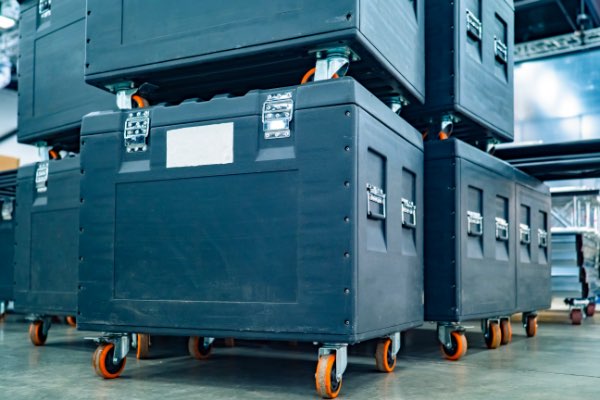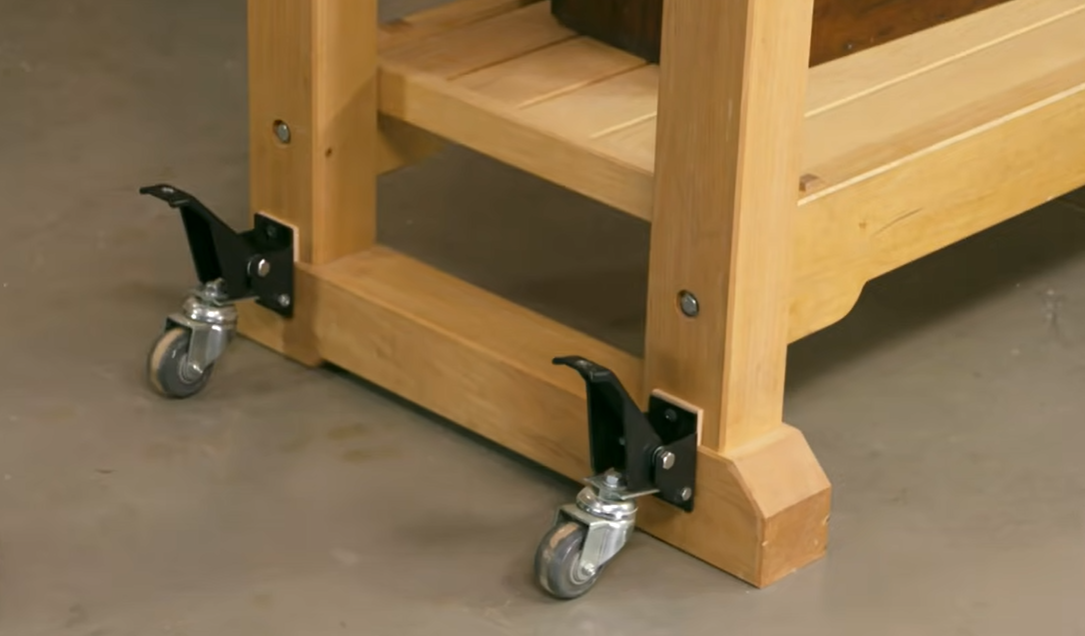When it comes to moving heavy equipment, selecting the right caster can make all the difference. The right heavy duty instrumental caster can improve both efficiency and safety in your operations. In this article, we will explore the significance of heavy duty instrumental casters for equipment transport, highlighting their key features, benefits, and applications that enhance your workflow.
What Are Heavy Duty Instrumental Casters?
Heavy duty instrumental casters are robust wheels specifically designed to support and facilitate the movement of heavy equipment across various environments. Unlike standard casters, these are engineered to handle significant weight loads while providing stability and ease of mobility. They are essential in industries such as manufacturing, warehousing, and healthcare, where the frequent movement of heavy loads is a standard operational requirement.
Key Features of Heavy Duty Instrumental Casters
-
Load Capacity
Heavy duty casters typically support loads ranging from several hundred to several thousand pounds. Their construction ensures they can handle these loads without compromising stability, making them ideal for transporting heavy machinery or materials.
-
Durability
Constructed from high-quality materials—such as reinforced steel and heavy-duty thermoplastics—these casters are built to withstand harsh environments and heavy usage. They are resistant to wear and tear, ensuring longevity even under continuous strain
-
Swivel and Rigid Options
Available in both swivel and rigid configurations, these casters provide versatility for different transport needs. Swivel casters allow for easy maneuverability in tight spaces, while rigid casters offer stability in straight-line movements, making them suitable for diverse operational scenarios.
-
Braking Mechanisms
Many heavy duty instrumental casters are equipped with reliable braking systems. These brakes ensure that equipment remains stationary when needed, enhancing safety during operation. This feature is particularly important in environments with slopes or uneven surfaces.
-
Wheel Size and Design
The size and design of the wheels play a crucial role in performance. Larger wheels can better navigate over obstacles and rough surfaces, while specialized tread patterns can provide additional grip and control.
heavy duty instrumental caster
Why Choose Heavy Duty Instrumental Casters?
Using the right caster significantly impacts operational efficiency and safety. Here are several reasons why heavy duty instrumental casters are the preferred choice for businesses:
-
Enhanced Mobility
With their superior design, heavy duty casters facilitate the smooth movement of bulky equipment. This capability saves time and reduces physical strain on workers. For example, in a manufacturing setting, these casters allow for quicker transport of heavy machinery between workstations, leading to improved productivity.
-
Improved Safety
Safety is paramount in any workplace. Heavy duty casters provide stability and control, minimizing the risk of accidents caused by tipping or sudden movements. The integrated braking systems further enhance safety by preventing unintended rolling, which can lead to injuries or equipment damage.
-
Cost-Effective Solutions
Investing in high-quality heavy duty instrumental casters can lead to long-term savings. While the upfront cost may be higher than standard options, their durability and efficiency often result in reduced maintenance and replacement costs over time. Businesses can also benefit from fewer downtime periods due to equipment failures.
Applications of Heavy Duty Instrumental Casters
Manufacturing: Transporting heavy machinery and materials within factories, improving workflow and efficiency.
Healthcare: Safely and efficiently moving medical equipment, hospital beds, and other critical supplies, enhancing patient care.
Warehousing: Facilitating the movement of pallets and large inventory items, which streamlines logistics and storage management.
Retail: Assisting in the transport of display units and heavy merchandise, ensuring efficient setup and reconfiguration of store layouts.
Selecting the Right Heavy Duty Instrumental Caster
-
Load Requirements
Assess the maximum load that the caster needs to support. Ensure that the selected caster exceeds this weight to prevent premature wear and tear, which can lead to failures.
-
Surface Type
Consider the flooring where the casters will be used. Different wheels are designed for various surfaces—such as concrete, carpet, and tile. Selecting the right material can enhance performance and reduce wear on both the wheels and the surface.
-
Wheel Material
The material of the wheel affects its durability and functionality. Common materials include:
- Rubber: Provides excellent shock absorption and is ideal for uneven surfaces, reducing vibration and noise.
- Polyurethane: Offers durability and resistance to chemicals, making it suitable for industrial applications where spills are common.
- Steel: Best for heavy loads in stable environments, providing maximum strength and support.
Conclusion
Heavy duty instrumental casters are an essential component for effective equipment transport across various industries. Their robust construction, safety features, and versatility make them the ideal solution for moving heavy loads with ease and efficiency. By investing in high-quality casters, businesses can enhance workplace productivity and safety, ensuring that operations run smoothly.
Ready to Enhance Your Equipment Transport?
If you’re looking to improve your equipment transport solutions, consider investing in heavy duty instrumental casters tailored to your specific needs. Explore Inford’s extensive range of casters and wheels, where quality and reliability meet exceptional performance. Our team is ready to assist you in selecting the perfect caster solution for your operations.






